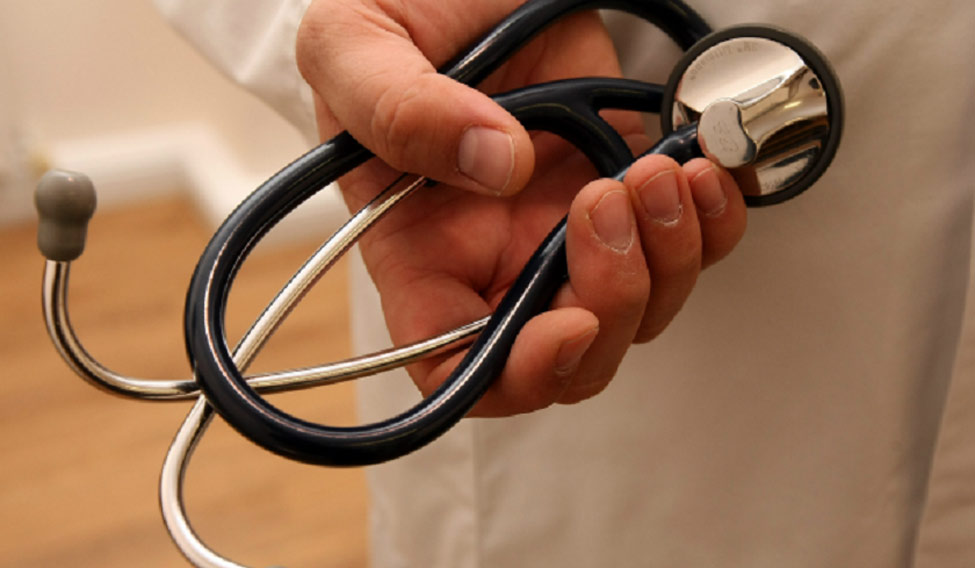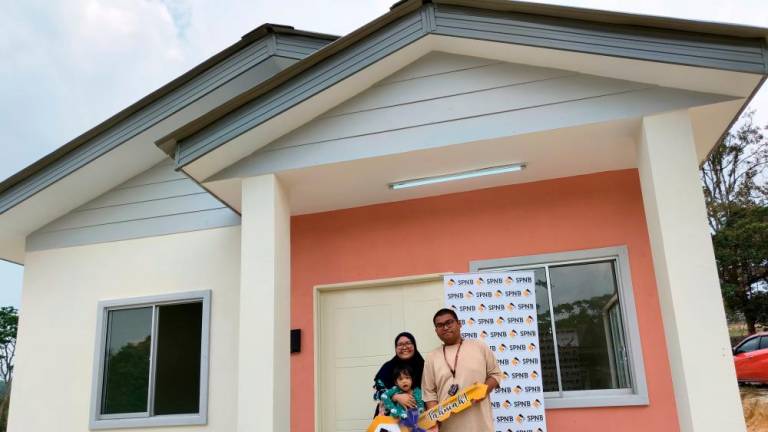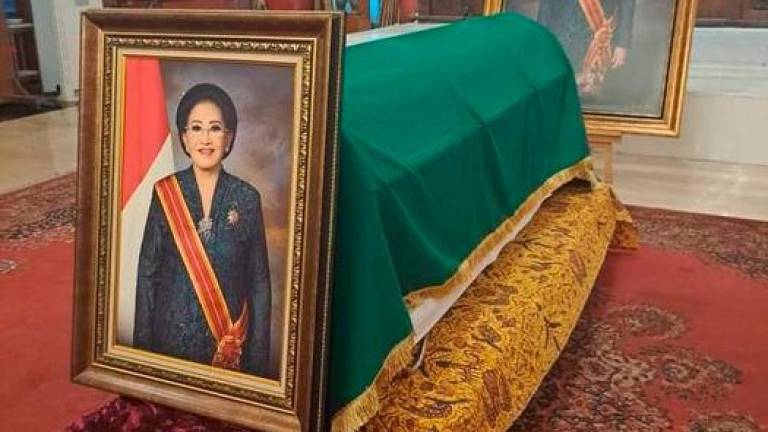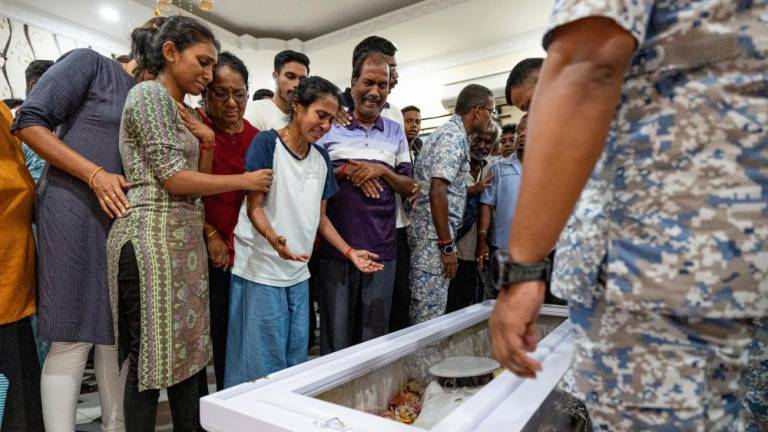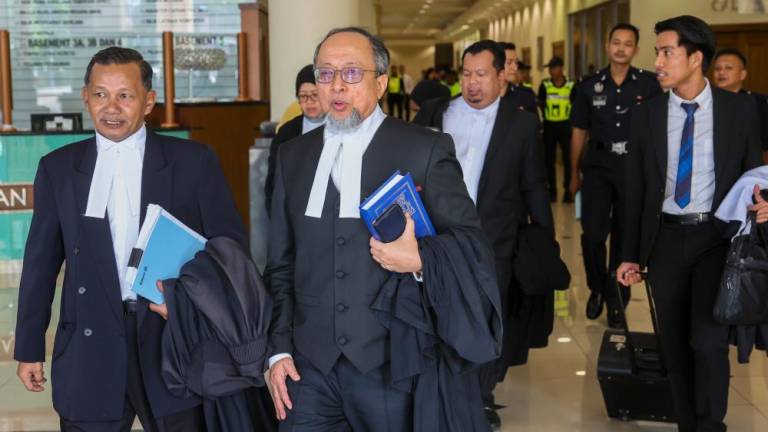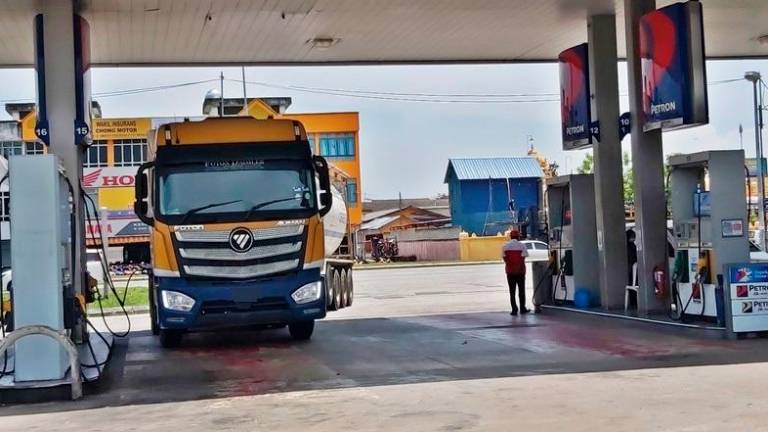KUALA LUMPUR: The increase in patient arrivals of between 5.7% and 95.6% at Emergency and Trauma Departments (ETD), especially for non–emergency cases, is causing congestion at most hospitals nationwide.
According to the National Audit Report 2018 Series 1, emergency and traumatic treatment had been administered to all patients, although some of them have had to wait a long time.
“This is due to workload constraints faced by the hospitals, coupled with a lack of medical equipment, limited space, and poor ICT systems.
“This has affected the department in terms of providing rapid and appropriate emergency treatment services to patients,“ said the report which was released today.
This was also among the key factors why the Ministry of Health (MOH) could not achieve its Medical Emergency Coordinating Centre (MECC) Key Performance Indicators (KPIs) for critical cases classified as Priority 1.
“Only 58.7% to 74.5% of patients were treated in less than four to six hours, and there were 917 ‘Access Block’ cases, where patients could not be transferred to medical wards,“ it said.
In addition, ETDs also experienced a deficit of 11.6% to 53.1% in terms of workforce required based on the Workload Indicators of Staffing Need 2010.
The report also cited the lack of emergency care experts by between 75.6% to 79.5%, medical personnel (41.2 to 64.6%), assistant medical officers (2.6% to 33.9%) and trained nurses (17.4% to 67.1%).
ETDs also faced a shortage of beds in the Yellow and Red zones as well as Observation Wards / Bays due to the increase in number of patients, forcing them to arrange between eight to 50 units of extra beds and sofas, which is two to five times the current capacity.
In addition, ETDs also lacked up to 108 (50.9%) out of 212 medical equipment required in accordance with the Emergency Medicine and Trauma Services Policy, while the number of computer equipment supplied was insufficient.
The report recommended the MOH to promote coordination and integration among hospitals, as well as public and private health clinics to strengthen pre–hospital services, in providing comprehensive and quality health services.
In addition, it said the Public Service Department should consider allowing MOH to be exempted from implementing the Optimisation of Human Resource Policy of downsizing by 1%.
The MOH should also be provided with additional posts to address the shortage of health personnel including emergency experts, as well as the increase in workload, added the report.
The MOH, meanwhile, has been advised to co–operate with the Ministry of Finance to consider a more comprehensive approach to addressing the lack of facilities such as outsourcing or leasing, to provide better emergency services and reduce the burden on Government spending.
The ministry was also recommended to prioritise developing ICT infrastructure so as not to jeopardize the efficiency of providing emergency services, especially in terms of data management and rapid decision making. — Bernama



